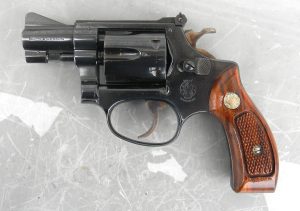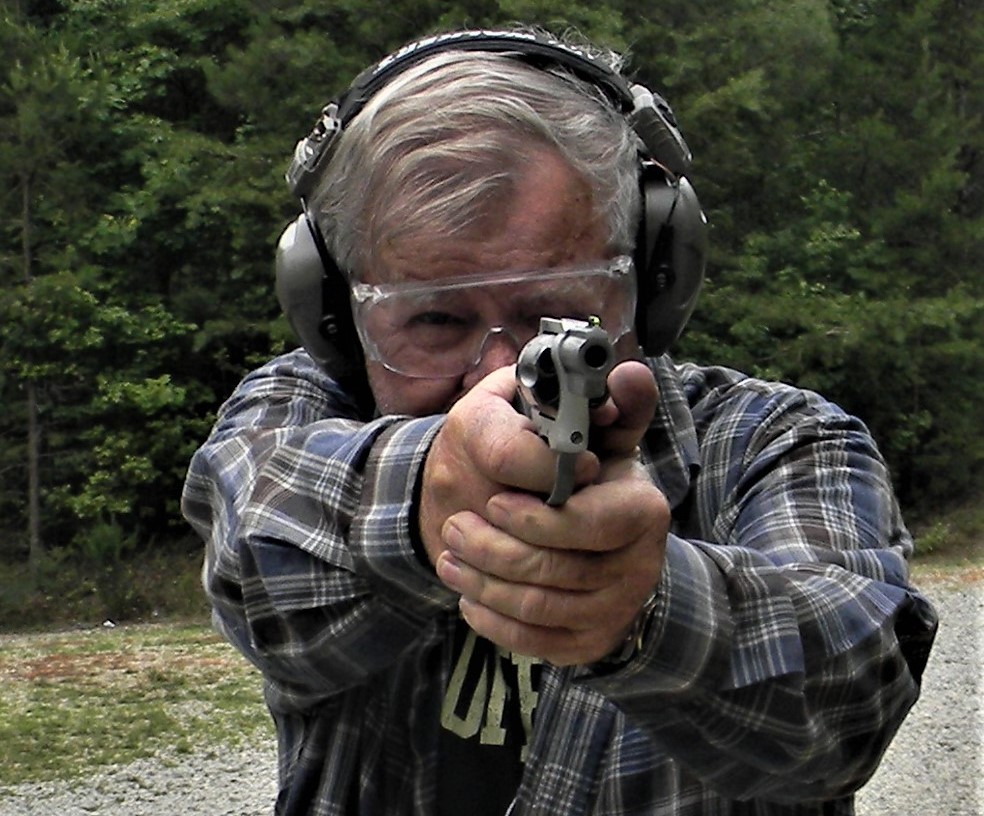
By R.K. Campbell; | Contributing Editor
When Smith & Wesson introduced their swing-out cylinder, double action revolver, the world changed forever for handgunners.
The day of the break top revolver was nearly over. These early revolvers known as the I-frame or Hand Ejector were chambered for .22 and .32 caliber cartridges and the .38 Smith & Wesson a short stubby weak kneed cartridge.
In the late 1940s Smith & Wesson deepened the frame and lengthened the cylinder to introduce the immensely popular Chief’s Special in .38 Special, a five shot revolver with a 1 7/8-inch barrel. That was over 70 years ago and the J-frame revolver is still going strong. There is more history, but it is a thrice told tale. Suffice to say the Smith & Wesson J-frame revolver is a proven handgun and a revolver you may bet your life on.
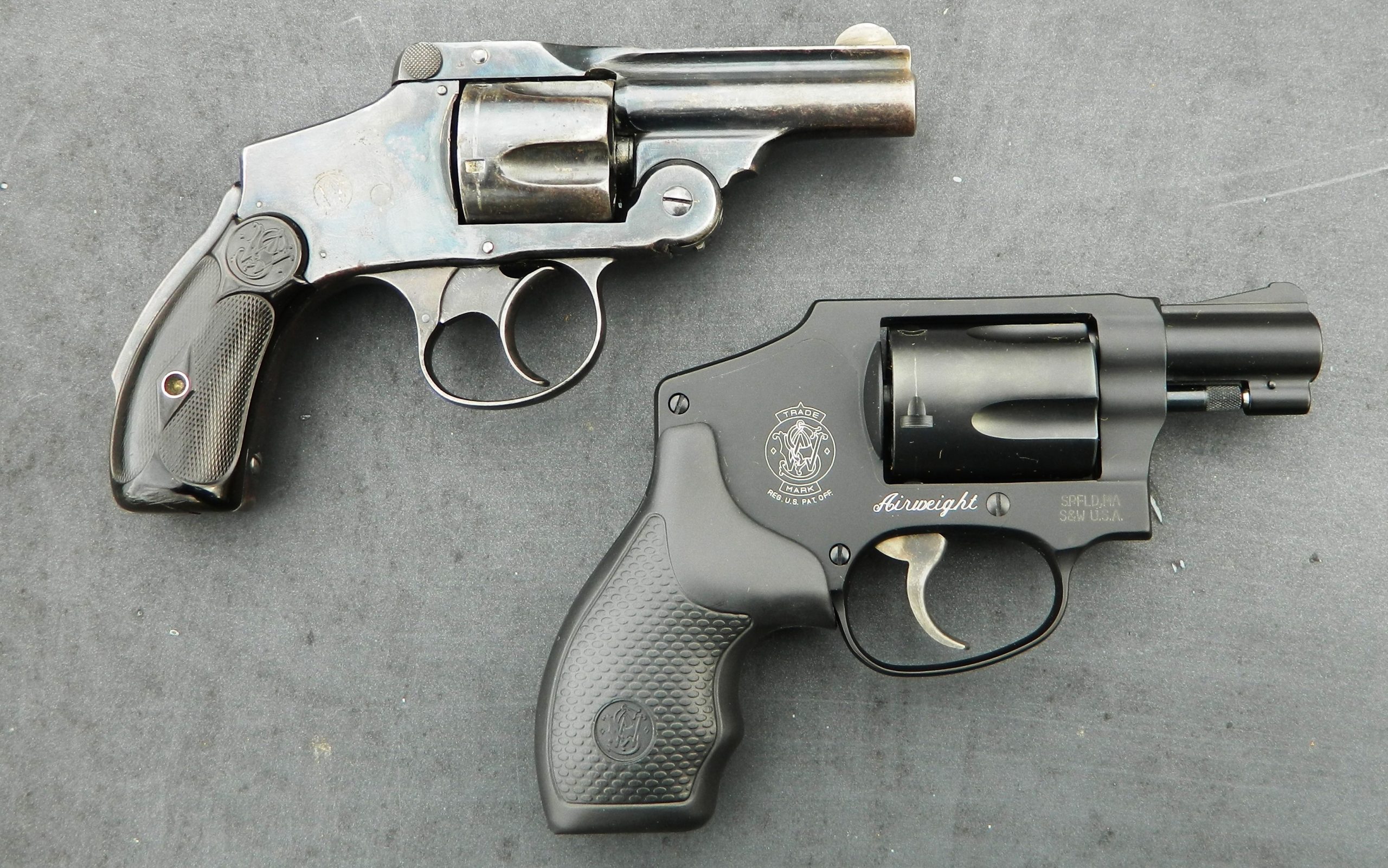
The J-frame is the smallest revolver currently manufactured by Smith & Wesson. It is a small gun with a big impact on manufacturing and personal defense. It features the reliable and proven Smith & Wesson lockwork.
All of these revolvers are well finished and well fitted. Finish has been blue or nickel and with the introduction of stainless steel handguns, the company’s first stainless wheelgun was the Model 60, a stainless version of the Chief’s Special.
Smith & Wesson also offers a rimfire J-frame. Often called the Kit Gun these little guns have taken out many a reptile, rodent, or pot meat, sometimes in the same day. The J-frame .38 figured into quite a few defensive encounters and saved many lives. The revolver is trusted by many Americans from those only casually interested in firearms to professional gun carriers.
The advantages of the snub nose revolver are many. A relatively generous grip and short barrel makes for plenty of leverage against a gun grabber. In home defense situations, the range is short and the revolver balances and handles well. Quite a few single women and widows have kept a J-frame revolver under the pillow. They know as I do that many have been awakened by a burglar or assailant at the foot of the bed.
The J-frame isn’t the easiest handgun to master, I will grant that. It isn’t a revolver you may keep in a drawer for months and expect to do good work with it. (The revolver may be left at rest for years and come up shooting- mastering the piece is another story.) My first J-frame was purchased as a backup revolver. There really isn’t any handgun better suited for this purpose. A revolver may be pressed into an adversary’s body and fired repeatably. An automatic would jam after the first shot in that situation. A concealed hammer J-frame may be fired time and again from inside a jacket pocket. While many recommend this good trait I think few have actually tried it. The heat and concussion on your hand is interesting to say the least and your knuckles may be singed. The adversary, however, will be the worst off.
There really aren’t any other firearms with the good intimate range qualities of the J-frame revolver. That said I seldom carry a J-frame as a primary handgun. On the other hand I very seldom if ever carry any other type of backup handgun. Nothing will survive in an ankle holster as well as a J-frame revolver.
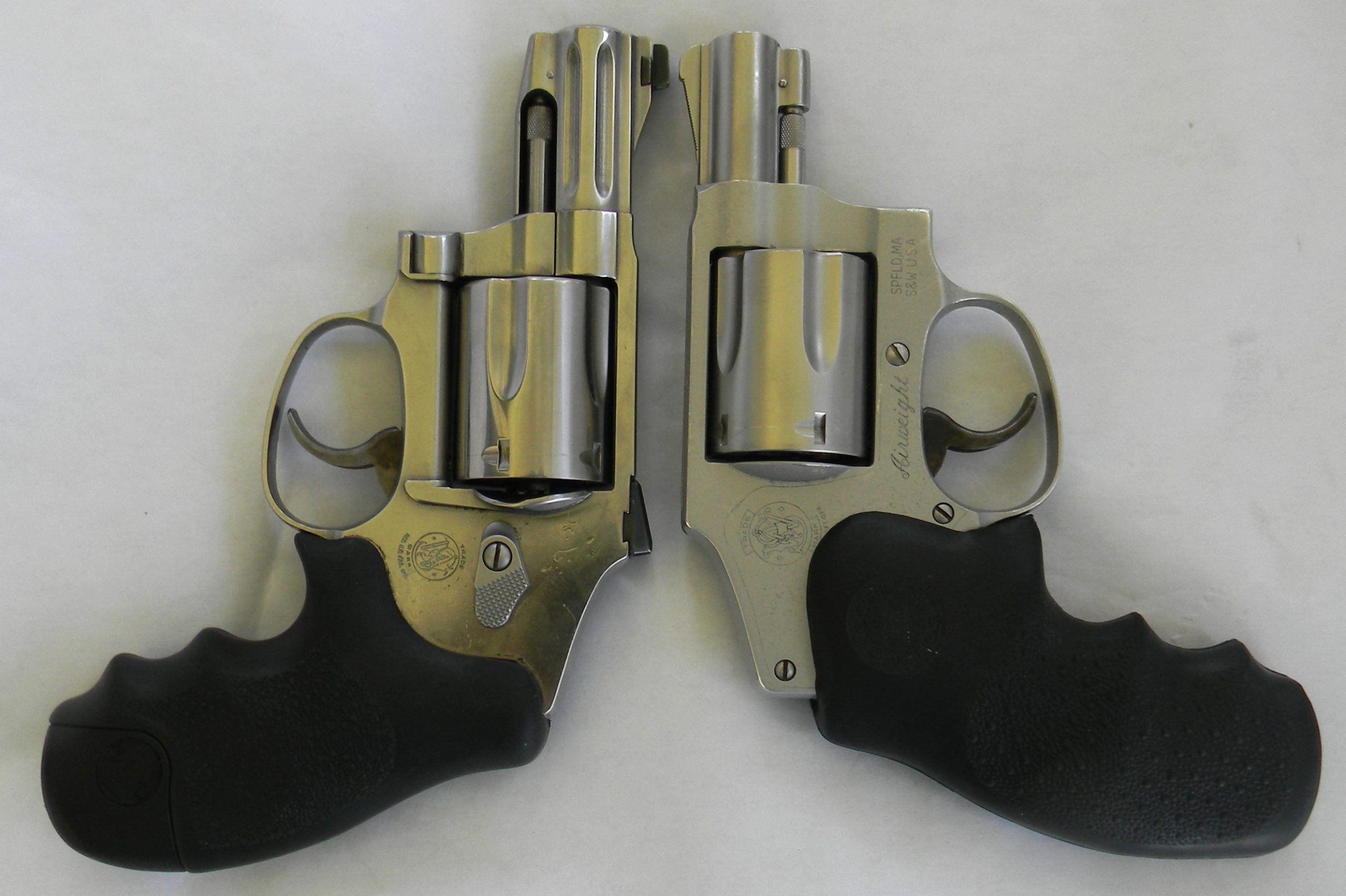
There are three types of J-frame revolvers. A subcategory is the square butt and round butt frame. Exposed hammer revolvers allow making a single action shot by cocking the hammer. Then there are the Bodyguard types that shroud the hammer but allow cocking the hammer. I don’t like these as they seem to invite lint and dust into the action. Then there are humpback concealed hammer double action only type revolvers. These are the finest of small defensive revolvers. The frame design allows a higher grip making recoil control superior. A sub category includes aluminum frame revolvers. The airweight frame revolvers are very easy to carry. Modern grips that separate the steel frame from the hand are important when using lightweight frame revolvers. Otherwise they sting a bit when fired.
Carrying a J-frame revolver requires attention to detail. While I sometimes thrust the revolver into a back pocket this is only around the home. Zipped into a jacket pocket as backup is the minimum security I accept. Modern Kydex holsters offers a good balance of speed and retention. An inside the waistband holster such as the Falco A 901 offers excellent concealment. (Falcoholsters.com) A snub .38 may be concealed with only a light covering garment such as a T shirt or a pulled out sports shirt. I am presently experimenting with Falco’s well made shoulder holster as well, more on that in a few months. I sometimes carry a snubby in an ankle holster. Old habits die hard. The Falco A 224 ankle holster features a thumbreak for security. (There are open top ankle holsters as well for hammerless guns.) This holster cinches up with a highly adjustable Velcro band.
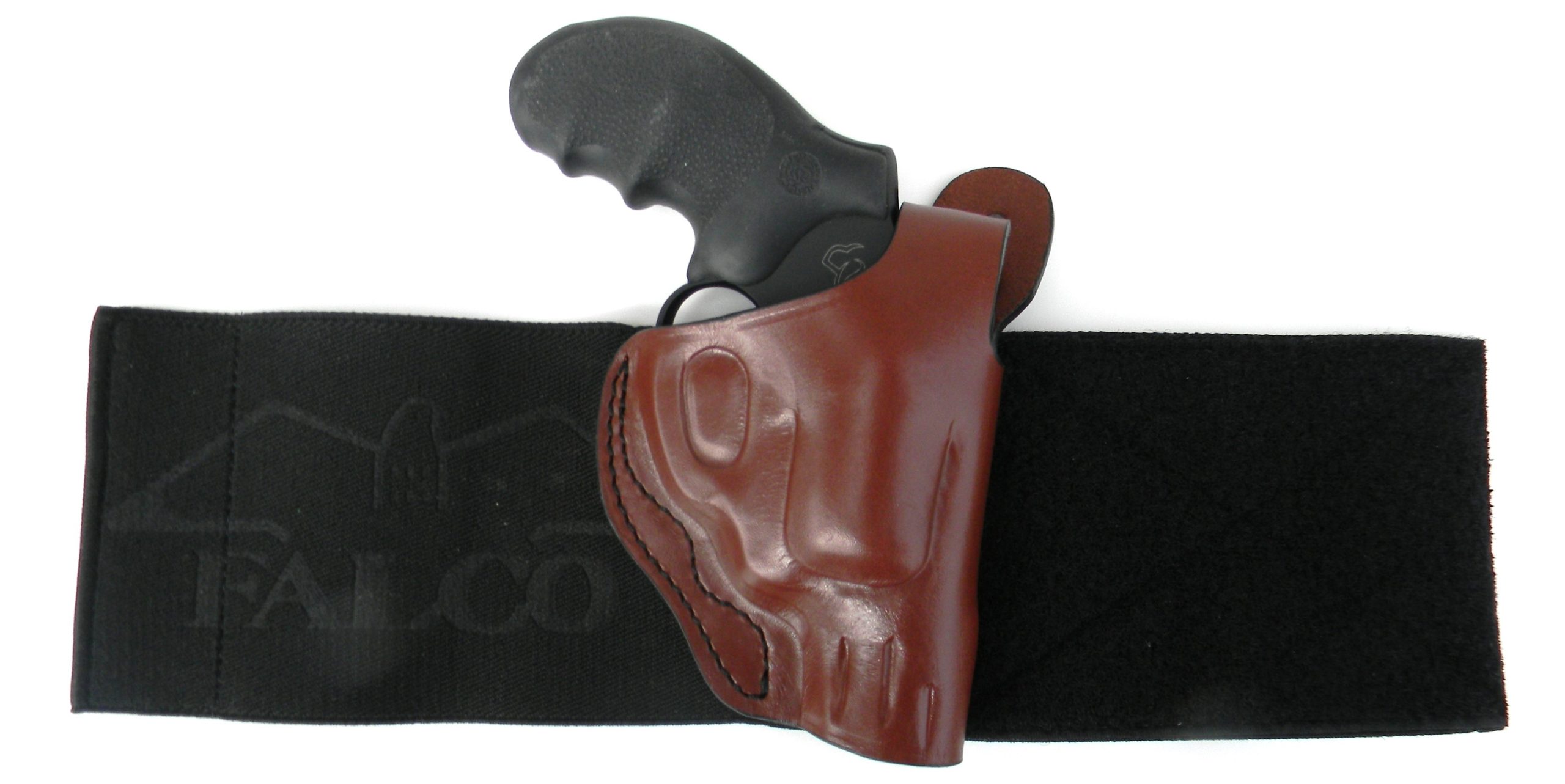
I own several J-frames. A pristine .22 Kit Gun is a great rodent or reptile popper, light on the hip, and features a nice set of fully adjustable sights. It is a joy to use and fire and makes a fine understudy for .38 Special snubs. I also own a forty year old nickel Chiefs I sometimes carry. (All new springs from Brownells!) This is an accurate and easy to use pistol- easy to handle because it wears Hogue MonoGrips. A Smith & Wesson 642 Airweight is my favorite carry gun of J-frames, carried more than the rest put together. The final J frame is an exceptionally fine revolver. The 940 is a hell of a gun, a J frame in .357 Magnum. With medium velocity loads I am able to control the beast well. I wont kid you that fast follow up shots are easy, but the revolver is comparatively controllable as a result of Hogue’s recoil controlling grips. This is a concealed hammer revolver. A fluted barrel rounds out a very nice package including high visibility tritium sights. This may be the most formidable J-frame ever built.
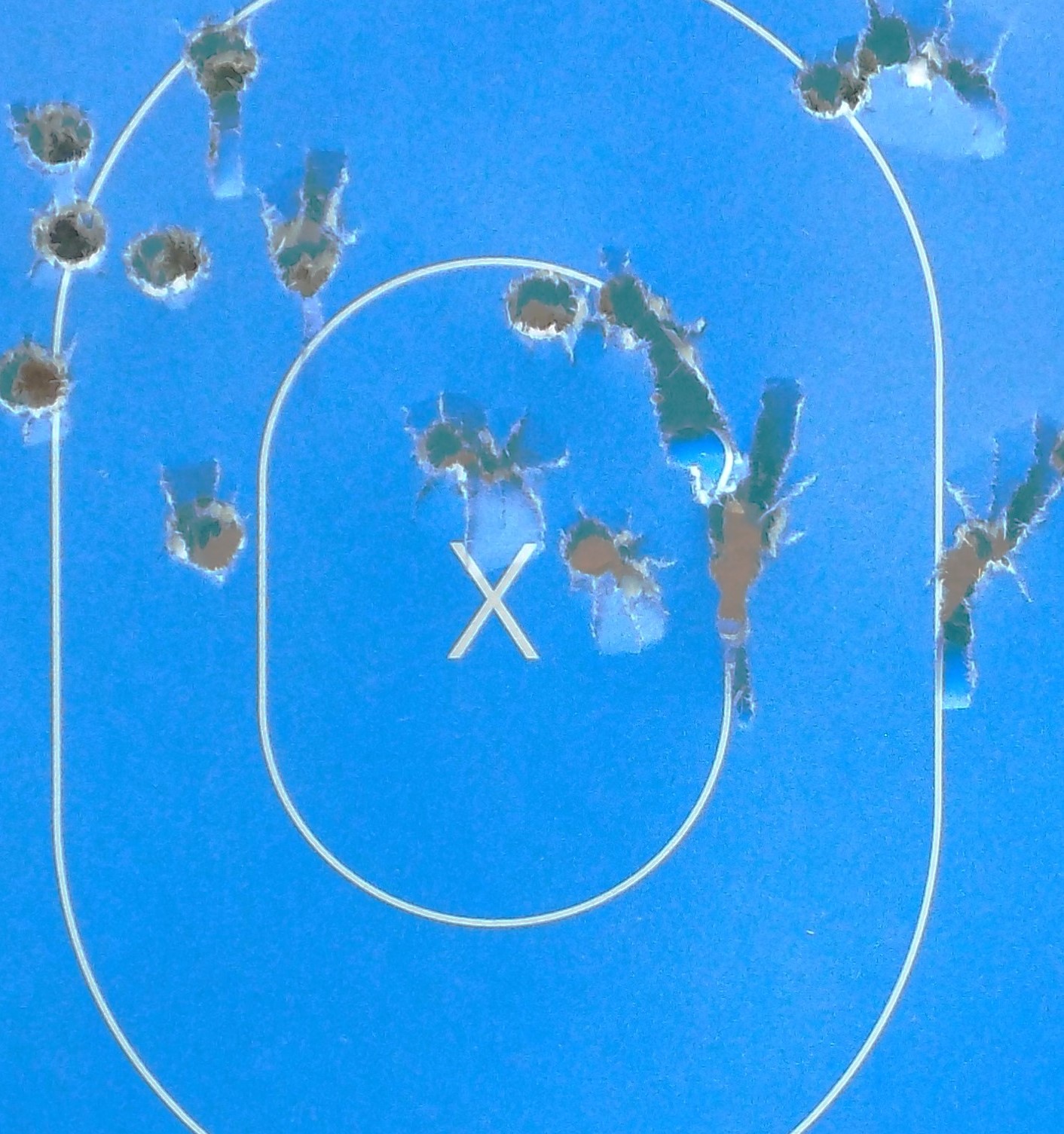
Some may ask what load I carry in my personal defense J frames. At present I carry a mix of .38 Special +P loads in the steel frame .38s and a standard pressure hollow point in the aluminum frame guns, either Federal Hydra Shock or Hornady Critical Defense. Control is good and accuracy potential is higher than most would believe. In the .357 Magnum I use Buffalo Bore Tactical low flash loads as they are sensibly lighter than full power Magnum loads. When hiking I often deploy the Buffalo Bore .38 Special Outdoorsman. A hard cast 158-grain SWC at 1,030 fps should get the attention of feral dogs or the big cats. The Smith & Wesson J-frame is far from outdated it is in fact an indispensable part of my working battery.

